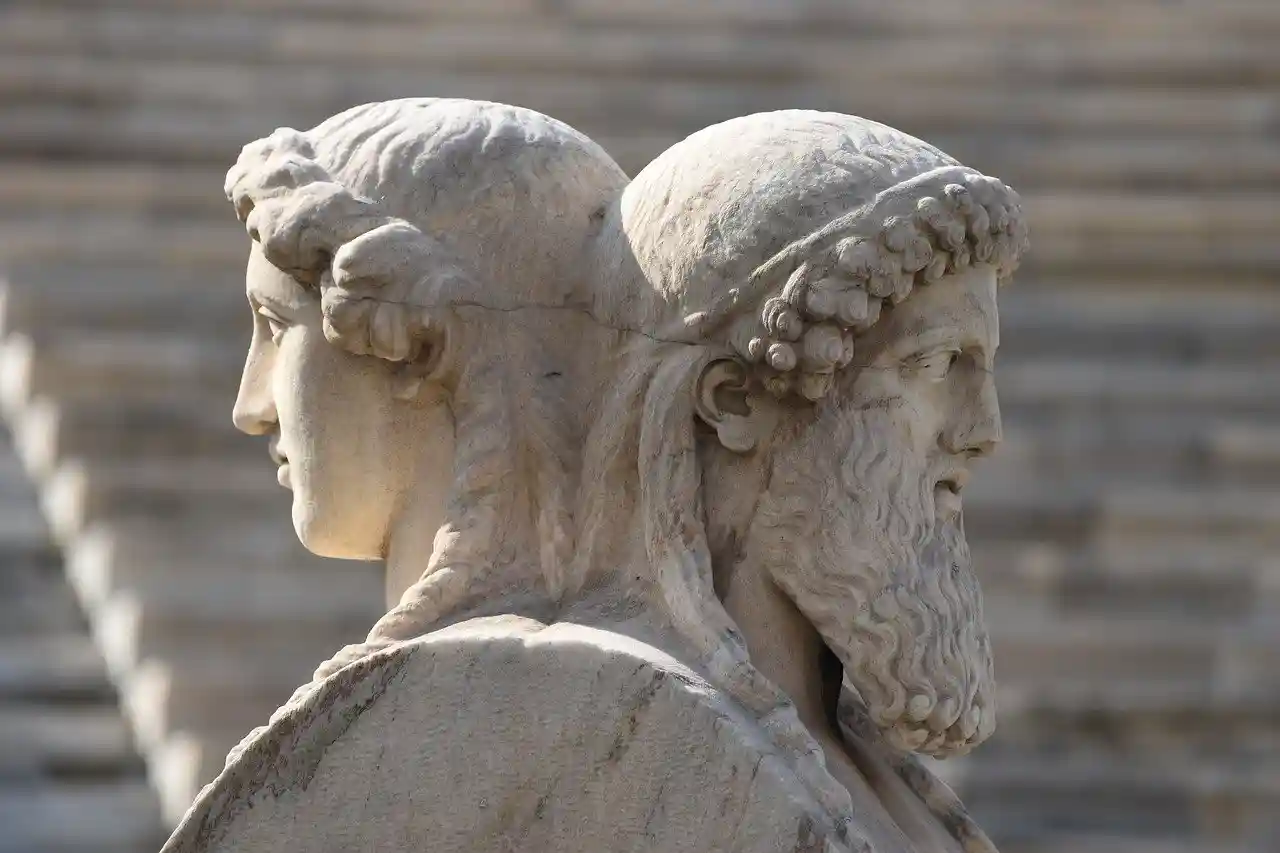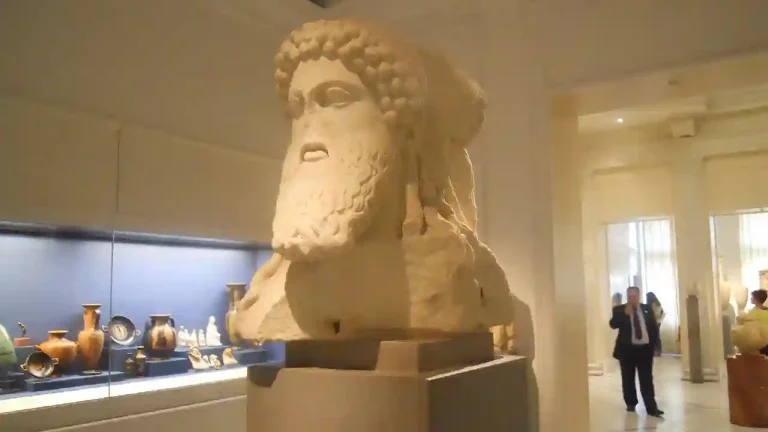Ancient Greek Art: A Timeless Legacy of Beauty and Innovation
The art of ancient Greece stands as a testament to the enduring legacy of human creativity. Spanning over a thousand years, from the Geometric period to the Hellenistic era, ancient Greek art encompassed a wide range of artistic forms and styles. This article explores the rich and influential world of Ancient Greek art, examining its key characteristics, notable periods, and enduring artistic achievements.
I. The Birth of Greek Art: The Geometric Period (900-700 BCE)
During the Geometric period, Greek art emerged from its humble beginnings and laid the foundation for the artistic traditions to come. Characterized by geometric patterns and simple shapes, art from this period primarily focused on ceramic vessels. The intricate designs, composed of circles, squares, and zigzag lines, showcased the Greeks’ nascent fascination with order and symmetry.
II. Unveiling the Archaic Era: A Flourishing of Greek Art (700-480 BCE)
As Greek society underwent social and political changes, art evolved along with it. The Archaic period witnessed a shift towards a more naturalistic representation of the human figure. Sculptures, predominantly made of marble, depicted standing male and female figures, known as kouroi and korai respectively. These statues exhibited rigid poses and stylized features, capturing the spirit of idealized youth.
III. The Golden Age: The Classical Period (480-323 BCE)
The Classical period marked the pinnacle of Greek artistry, characterized by unparalleled achievements in sculpture, architecture, and painting. This era produced some of the most iconic masterpieces, with artists striving for perfection and harmony. The human form became the central focus, exemplified by the breathtaking marble sculptures of gods, athletes, and philosophers. The Parthenon, a marvel of architecture, epitomized the Classical aesthetic, showcasing the balance between beauty and mathematical precision.
IV. Celebrating the Divine: Greek Mythology in Art
Greek art was closely intertwined with mythology, as the gods and goddesses were revered and celebrated in both public and private spaces. Artists skillfully depicted mythological scenes and heroic tales in their works, imbuing them with a sense of grandeur and significance. Notable examples include the famous statue of Aphrodite, the goddess of love and beauty, and the mythological pottery known as black-figure and red-figure vases, which portrayed mythical narratives and daily life.
V. Beauty in Motion: Greek Sculptures and the Contrapposto Technique
Greek sculptures revolutionized the representation of the human form, capturing a sense of realism and dynamic movement. One notable technique employed by Greek sculptors was the contrapposto stance. This technique involved placing the weight of the body on one leg while the other relaxed, resulting in a more natural and lifelike pose. This innovative approach to sculpture set the stage for the exploration of movement and anatomical accuracy.
VI. Hellenistic Innovation: The Expansion of Greek Artistic Horizons
The Hellenistic period witnessed a departure from the strict conventions of the Classical era, as Greek art embraced new influences and expanded its horizons. The sculptures of this era portrayed a range of emotions, capturing the drama and psychological depth of human experience. The famous sculpture “Laocoön and His Sons” exemplifies the Hellenistic style, conveying the agony and anguish of the characters through intricate details and complex composition.
Conclusion
Ancient Greek art continues to captivate and inspire audiences to this day. Its influence can be seen in the art of subsequent civilizations, and its emphasis on balance, harmony, and the pursuit of ideal beauty remains a guiding principle in artistic expression. From the geometric patterns of the Geometric period to the dramatic sculptures of the Hellenistic era, Greek art is a testament to the creativity and ingenuity of the ancient Greeks, leaving an indelible mark on the world of art for centuries to come.








